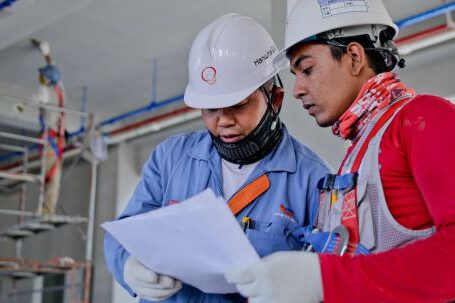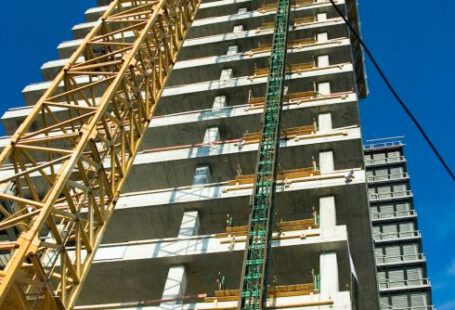The world of construction equipment is changing rapidly with the emergence of additive manufacturing (AM), and the ability to print parts on demand is revolutionizing the way parts are built and delivered. AM is allowing for shorter lead times, improved part quality, and cost savings for construction equipment operations. In this article, we will explore the impact of additive manufacturing on lead times for construction equipment parts.
What is Additive Manufacturing?
Additive manufacturing is a process by which parts can be built from digital 3D models, layer by layer. This process is also known as 3D printing, and it has been revolutionizing the way parts are produced. AM can be used to produce parts from a variety of materials, including plastics, metals, and composites.
Benefits of AM for Construction Equipment Parts
AM offers a number of benefits for construction equipment parts, including:
- Shorter lead times: AM enables parts to be printed on demand, eliminating the need for tooling and long lead times associated with traditional manufacturing processes. This can significantly reduce lead times for construction equipment parts, allowing for faster project completion.
- Improved part quality: AM offers higher resolution and accuracy than traditional manufacturing processes, resulting in improved part quality. This can reduce the need for rework and scrap, resulting in cost savings.
- Cost savings: AM can reduce the cost of tooling and labor associated with traditional manufacturing processes. This can result in significant cost savings for construction equipment operations.
Challenges of AM for Construction Equipment Parts
While AM offers a number of benefits for construction equipment parts, there are also a number of challenges associated with the process. These include:
- Material availability: AM is limited by the availability of materials, and certain materials may not be available in the desired form or quantity for production. This can limit the types of parts that can be produced using AM.
- Cost: While AM can reduce the cost of tooling and labor associated with traditional manufacturing processes, the cost of materials and equipment can be high. This can limit the cost savings associated with AM.
- Speed: AM is typically slower than traditional manufacturing processes, and lead times can be extended due to the time required for the printing process. This can limit the effectiveness of AM in reducing lead times for construction equipment parts.
Conclusion
Additive manufacturing is revolutionizing the way parts are produced for construction equipment operations, offering shorter lead times and improved part quality. However, there are also a number of challenges associated with the process, including material availability, cost, and speed. As the technology continues to advance, it is likely that these challenges will be addressed, and the impact of AM on lead times for construction equipment parts will become even more significant.






